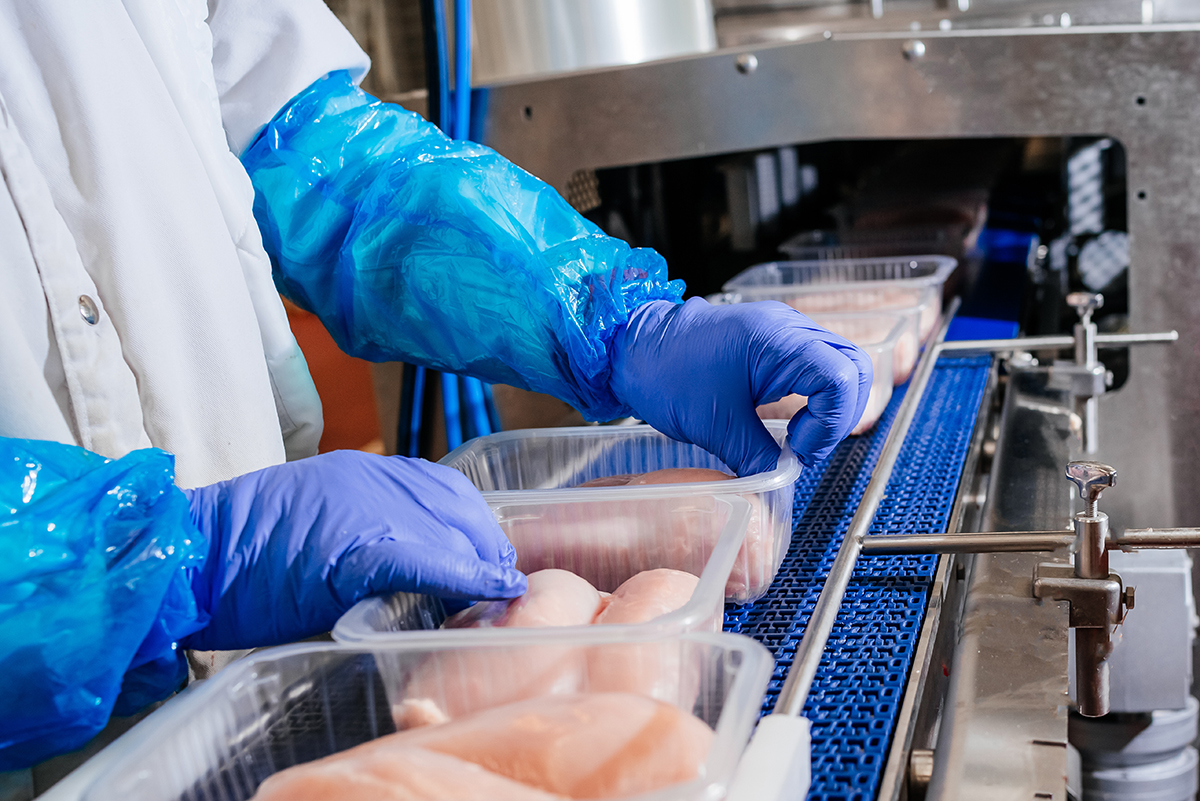Treating chicken with an innovative food processing technology, such as High Pressure Processing (HPP) can extend the products shelf life and thus reduce its environmental impact.
Purpose of study
The environmental impact of chicken meat with traditional processing was calculated.
This was done in order to obtain a “baseline” case. Later, an LCA of chicken meat treated with HPP will be done. By comparing the results of the LCA studies, the environmental impact of introducing this technology can be established.
Main conclusions
The climate impact of packed chicken was found to be 4,8 kg CO2-eq/kg meat, total energy consumption was 68 MJ/kg meat and land use was 8,4 m2/kg meat. Several other impacts were also calculated.
The impacts are lower than meat from beef and lamb, roughly the same as pork, salmon, cod, saithe and many dairy products but much higher than plant protein.
Most of the impacts comes from production of feed, but also food waste is an important factor. Of 100 kg produced chicken meat, only 76 kg is eaten. This gives an extra impact of 1,1 kg CO2-eq for each kg chicken meat eaten.
It is expected that treating chicken meat with a novel process technology such as HPP have the potential to extend the time from production until the product must be used. Thus it will give the consumer more time to use the product and shops more time to sell it. Thus food processing can reduce the impact of chicken meat, but only if the benefit of extending shelf life is higher than the environmental impoact from the processing.
Methods
The method used in this study was Life Cycle Assessment. This is a holistic method which includes all impacts and all contributors to a products impact, no matter where the impact happens. Data for the calculation was taken from open sources.
Facts about chicken
Chicken meat has a relatively low environmental impact compared to other meats, but the product wastage from producer to consumer adds 24 % to this impact.
It is important to reduce this wastage and using high pressure processing or an other novel processing technology can be a key factor for achieving this goal.

